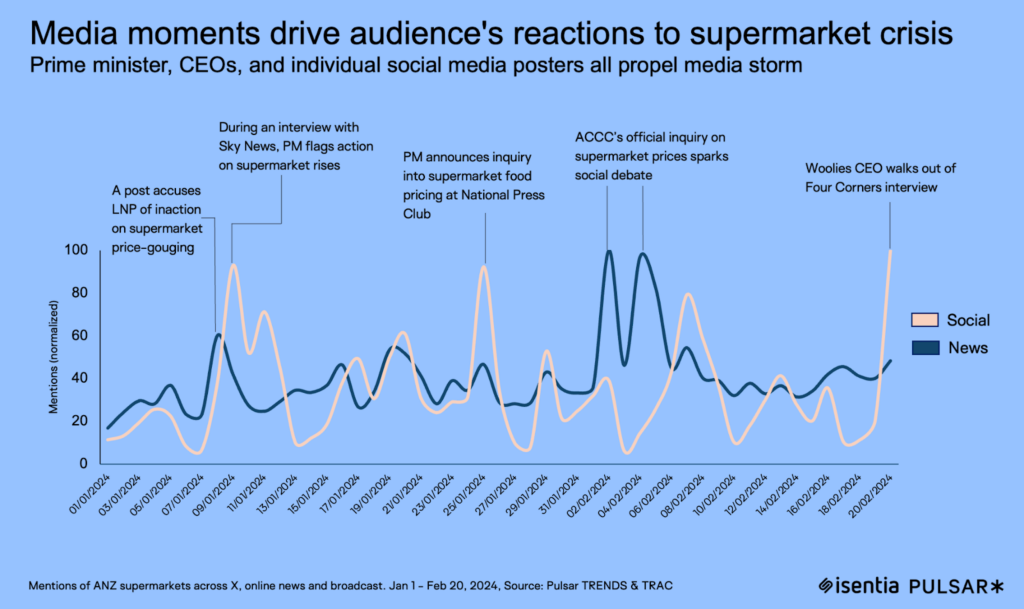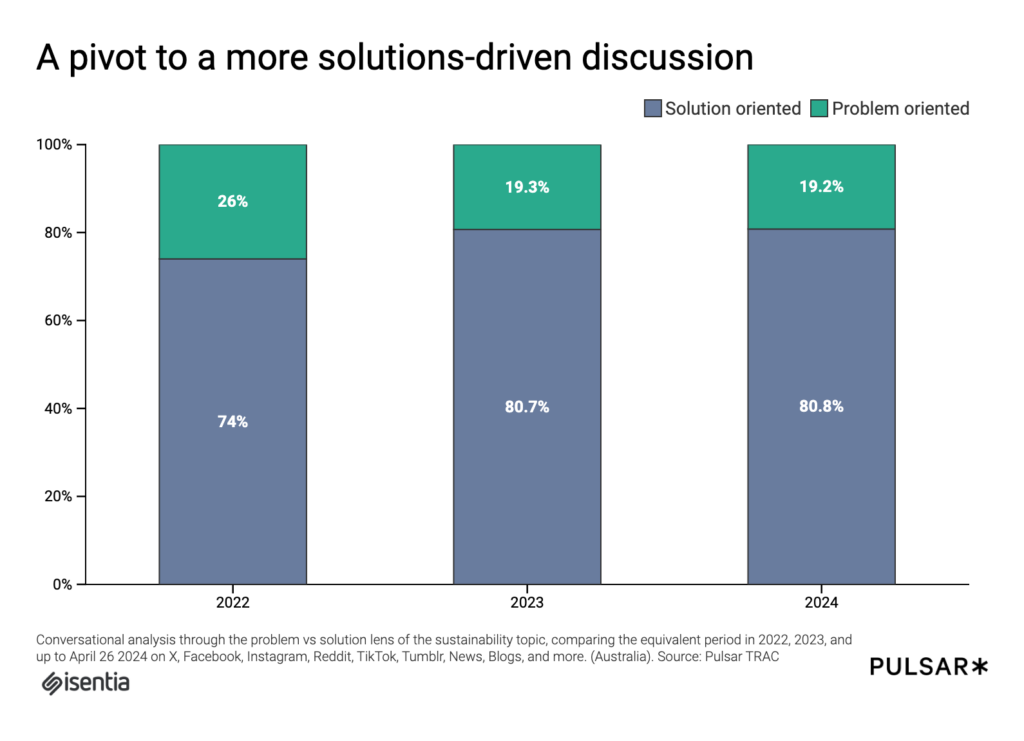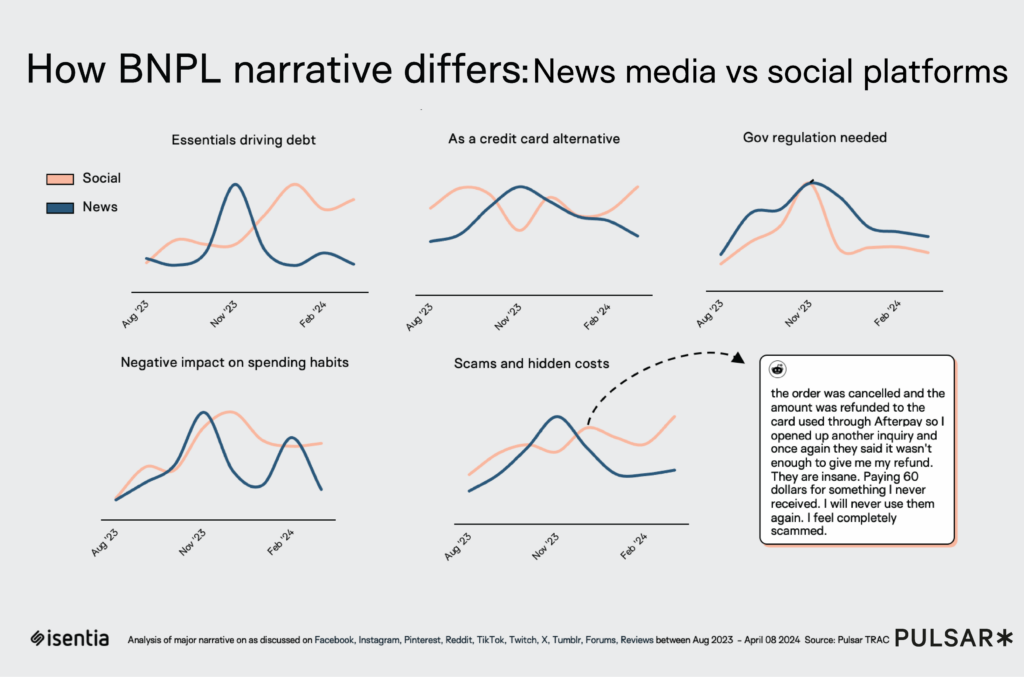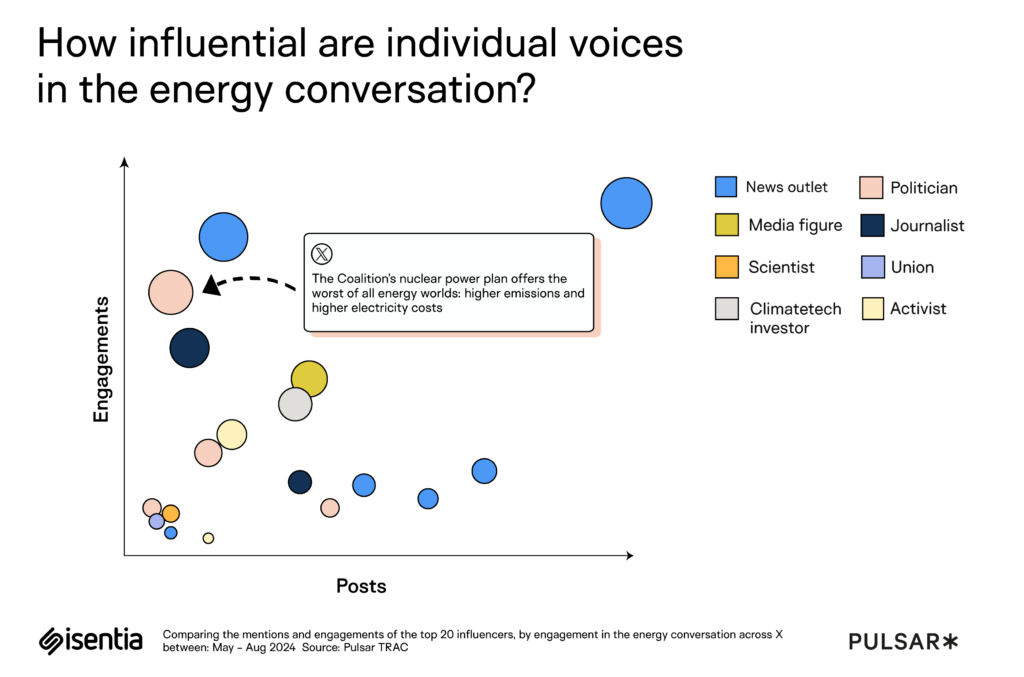Blog
The fundamentals of stakeholder strategy
A practical guide to tailored stakeholder management, offering strategies and tools to identify, map, and nurture relationships.
For PR and comms teams, leveraging media monitoring and insights means not just keeping up with the headlines but uncovering opportunities to expand relevance. By analysing patterns in media coverage—such as emotional tone, channel performance, spokesperson impact, peak coverage moments, and narrative themes—you can gain a detailed understanding of what shapes strategy.

Our recent State of Journalism Audiences study reveals nuanced regional attitudes towards journalism. While positivity is waning globally, comparing insights across regions highlights key differences. Many believe traditional journalism is “dying” or “dead,” but perspectives vary: in the UK and US, journalism is seen as essential despite its struggles, while in Australia and New Zealand, its critical role is emphasised. This international perspective not only underscores shared challenges but also reveals how regional contexts shape audience expectations, offering valuable insights for addressing these critiques and rebuilding trust.

2024 was the year supermarkets faced mounting public and political scrutiny. Consumer frustration over practices like shrinkflation and skimpflation—where products shrink in size or quality without price reductions—sparked widespread outrage, with social media ablaze over examples like $13 jars of Vegemite. Calls for shrinkflation labelling grew, while rising theft reports led supermarkets to consider body cameras for staff, further fuelling debate.
Public pressure intensified when Greens MP for Prahran, Sam Hibbins, called for grocery price regulation during an ABC interview, following a parliamentary inquiry into supermarket practices in late 2023. Meanwhile, opposition leader Peter Dutton’s call for a boycott of brands not selling Australia Day merchandise drew criticism, as many argued he was ignoring urgent issues like food affordability.
Media coverage amplified key narratives—from criticism of political inaction to the PM’s assurances and the Woolworths CEO’s controversial walkout—while social media sustained public interest. These events highlighted the need for communicators to craft clear messaging, leverage key moments, engage with social platforms, and use media monitoring to foster transparency and adapt strategies in response to evolving public discourse.
Viewing sustainability through an audience mindset lens, reveals how they take action and perceive brand impact on their lives. In Australia, social media discussions reflect a growing, solutions-oriented approach to climate change and sustainability, with conversations steadily increasing over the years. These discussions often place responsibility on brands, as well as PR and marketing professionals, to drive meaningful change.

While audiences acknowledge some factors are beyond their control, they empower themselves by taking actions that align with their values, reinforcing a sense of agency in addressing these challenges. Actions like composting, upcycling, second-hand shopping are just a few examples people are sharing online about how they are taking action.

A product, brand, or service can be shaped by narratives beyond its control, driven by audience discussions and media coverage. For example, the BNPL narrative this year was influenced by the cost of living crisis, with audiences using BNPL for essentials and discussing its impact on spending habits. While media covered this before it peaked online, audience discussions grew afterward, normalising such behaviours over calls for government regulation. This was of particular media interest when the Australian government announced there would be delays to regulate BNPL services due to being under-resourced and competing issues like the PwC tax leaks issue. This highlights the need for communications professionals to track the full trajectory of narratives, using audience and media data to refine strategies and align messages with evolving public discourse.
Analysing influencers and key voices on a topic can help refine message targeting and uncover potential blind spots in a brand’s communications. In the case of the energy debate, news outlets dominate in volume and engagement, which is expected given the 24/7 news cycle. However, political figures like Malcolm Turnbull lead in engagement, followed by journalists, while commentators—who often hold significant influence—are the most listened to. This reflects how media professionals can hold society to account, but it also highlights a potential gap where other voices, such as those with a direct stake in energy policy, might be underrepresented. By mapping the influence of key voices, we can better understand why the narrative may lean more towards political and media perspectives rather than those of industry leaders or experts.

Understanding audience perceptions is crucial for ensuring effective communication. In today’s media landscape, rebuilding trust and aligning with audience expectations are essential. By analysing sentiment, tracking narrative trends, and leveraging influencer impact, communicators can proactively shape conversations and strengthen audience connections.
Interested in learning more? Email us at info@isentia.com
Loren is an experienced marketing professional who translates data and insights using Isentia solutions into trends and research, bringing clients closer to the benefits of audience intelligence. Loren thrives on introducing the groundbreaking ways in which data and insights can help a brand or organisation, enabling them to exceed their strategic objectives and goals.
A practical guide to tailored stakeholder management, offering strategies and tools to identify, map, and nurture relationships.
Across the communications landscape, teams are being asked to do more with less, while staying aligned, responsive and compliant in the face of complex and often shifting stakeholder demands. In that environment, how we track, report and manage our relationships really matters. In too many organisations, relationship management is still built around tools designed for […]
Get in touch or request a demo.